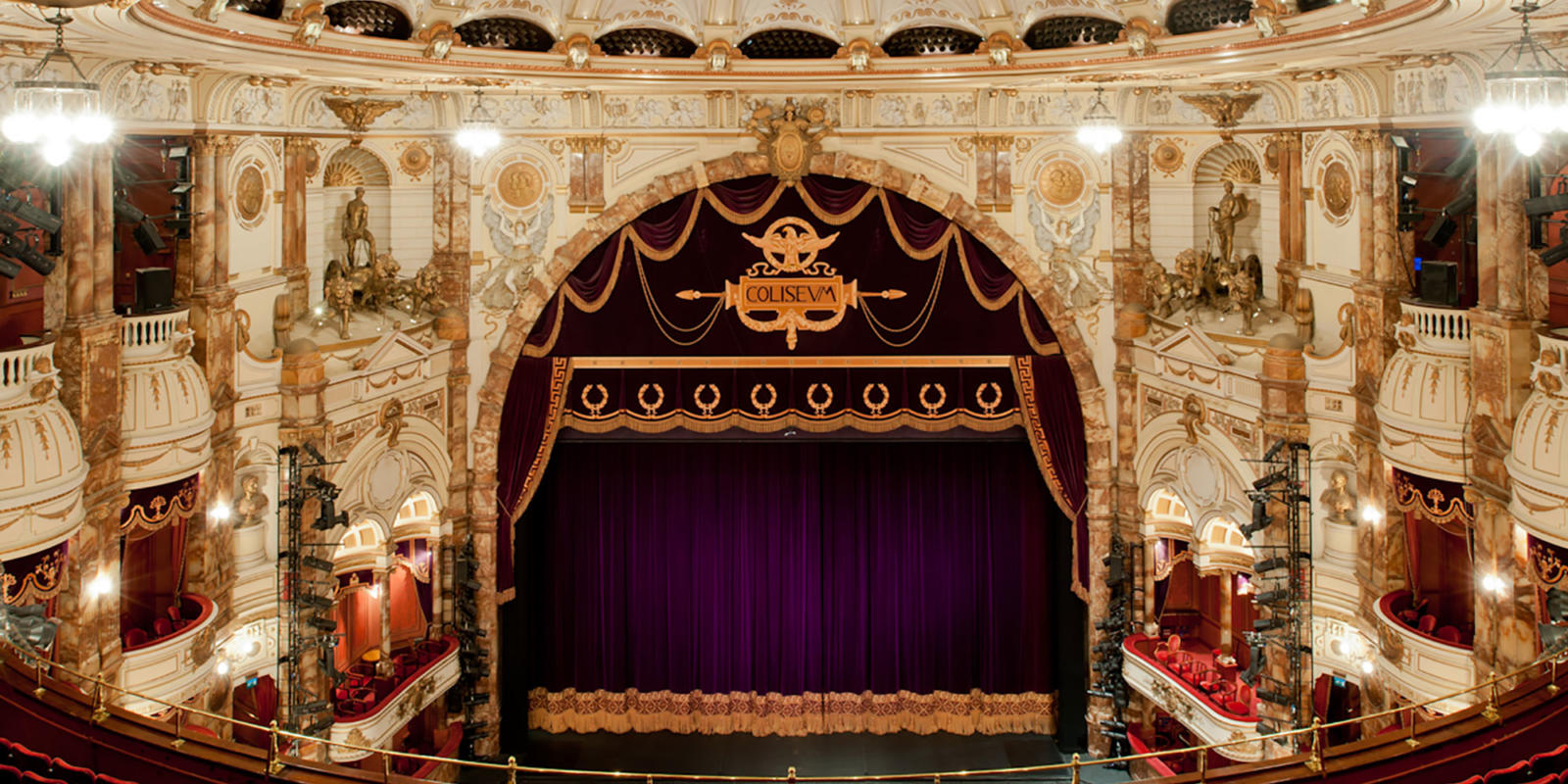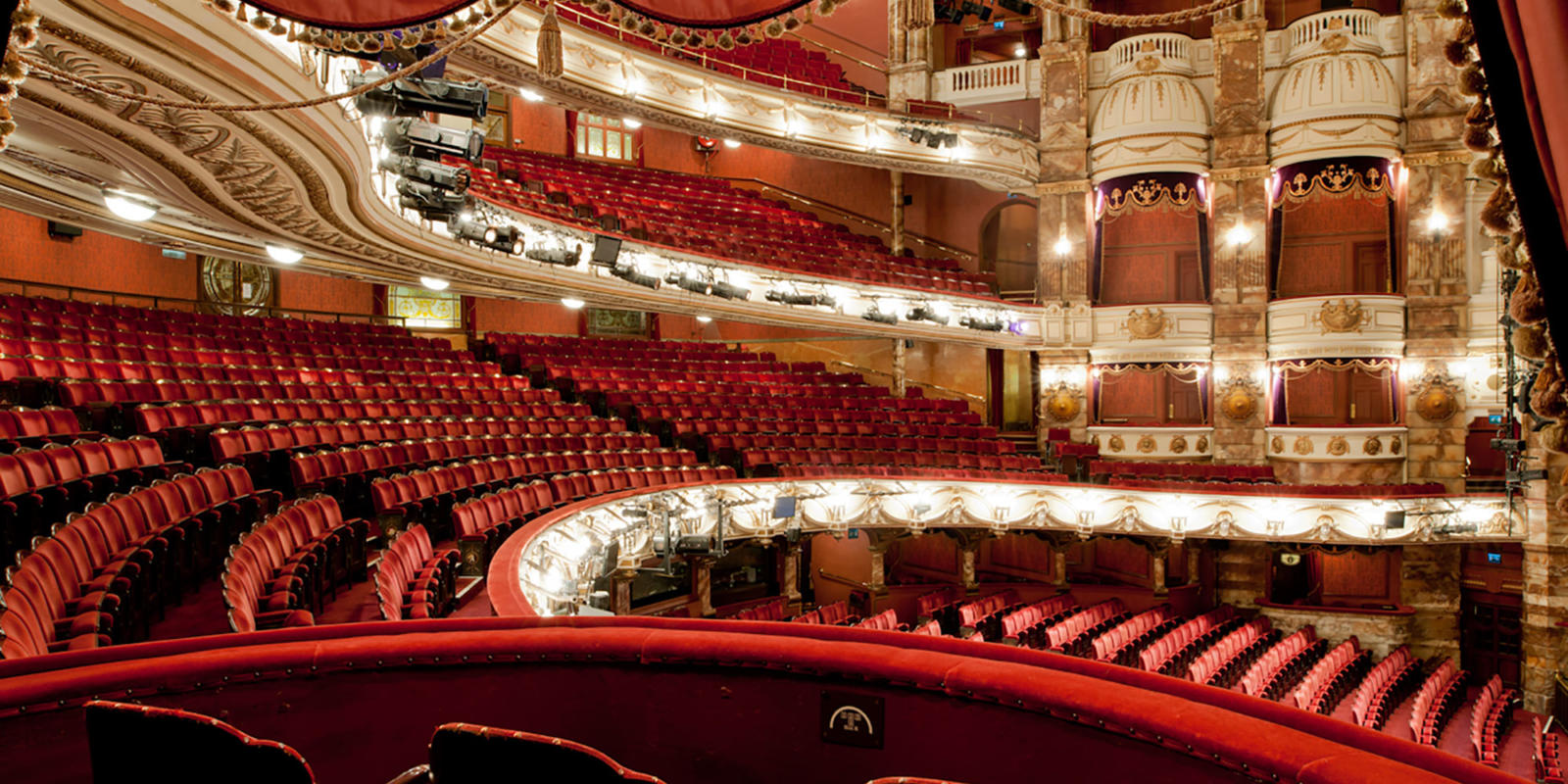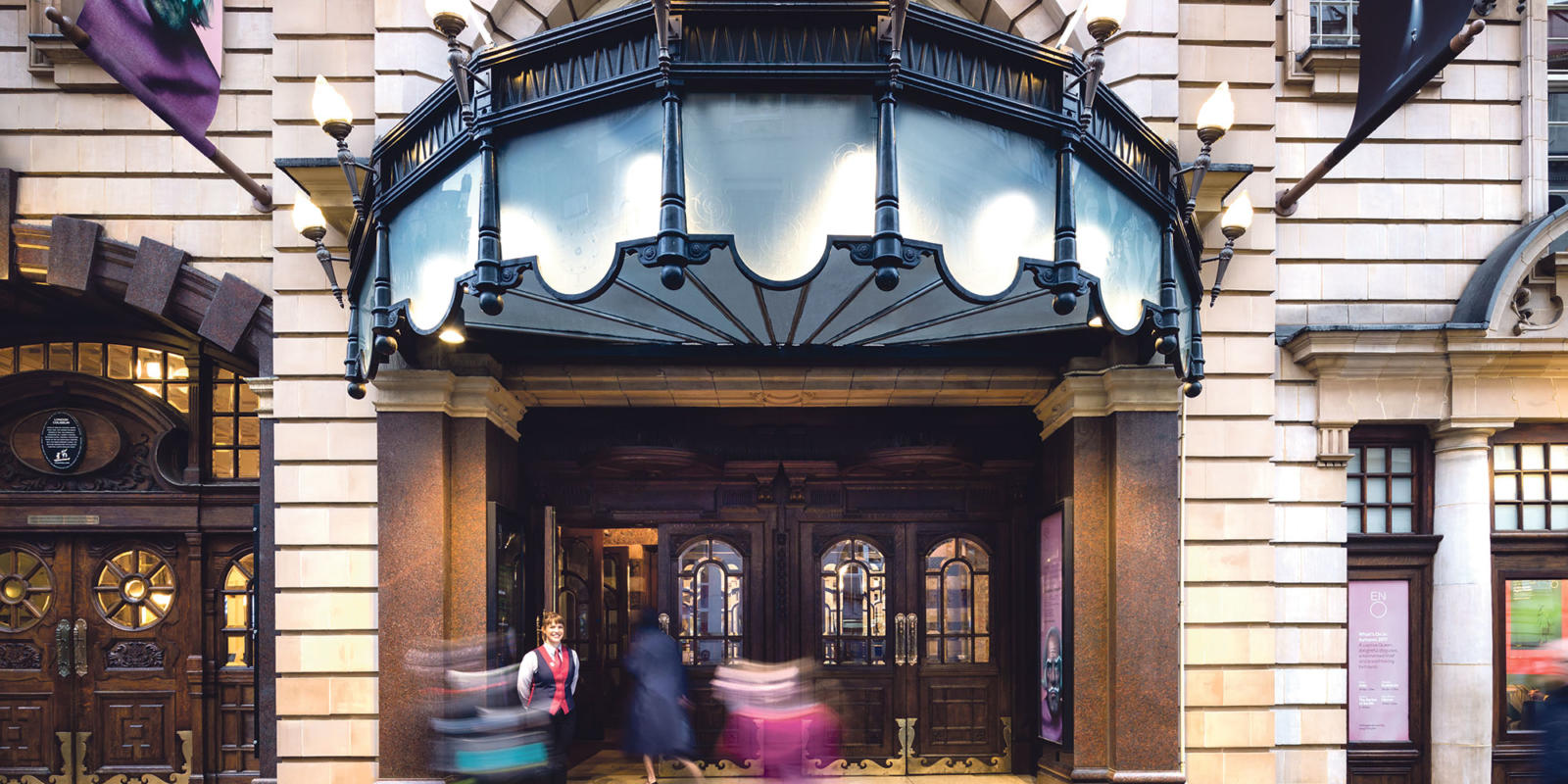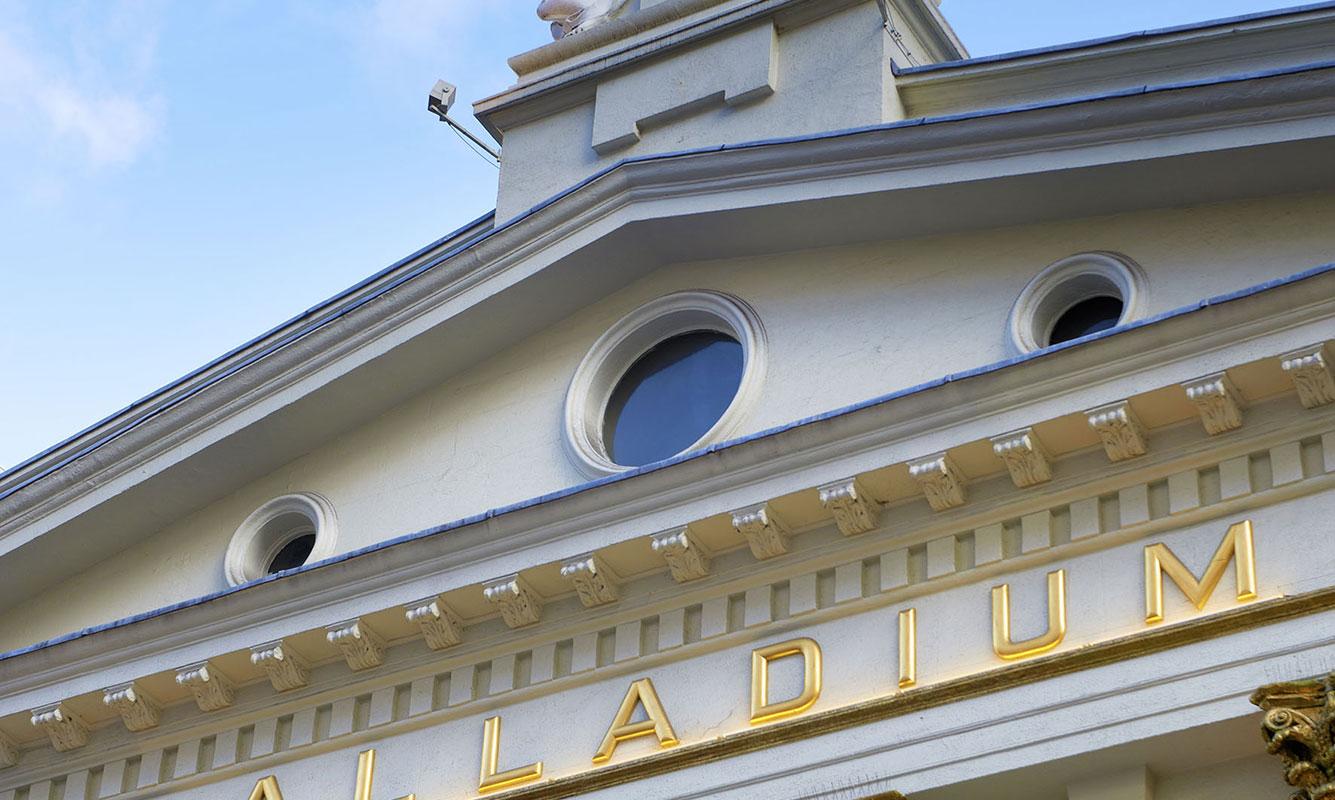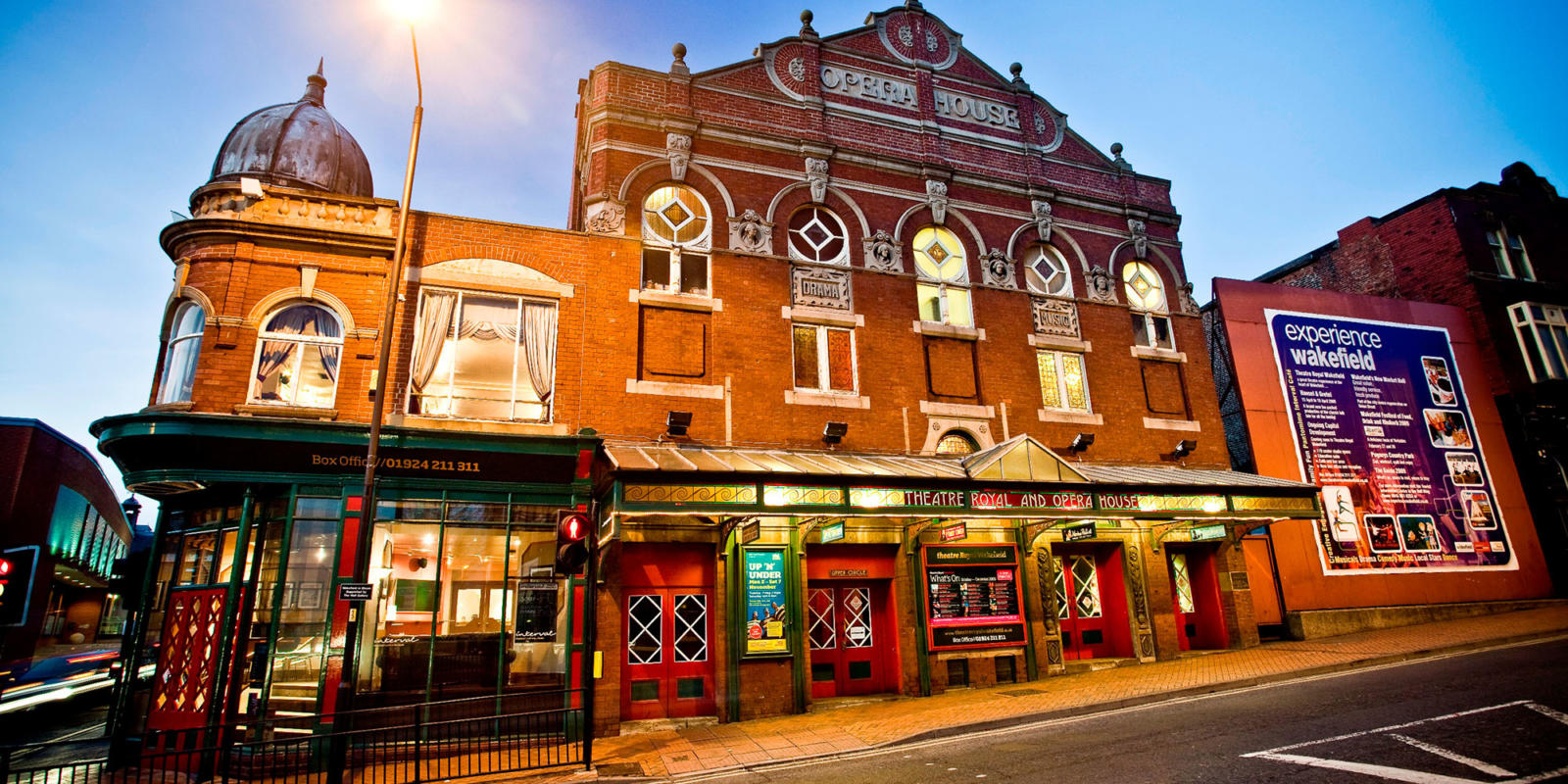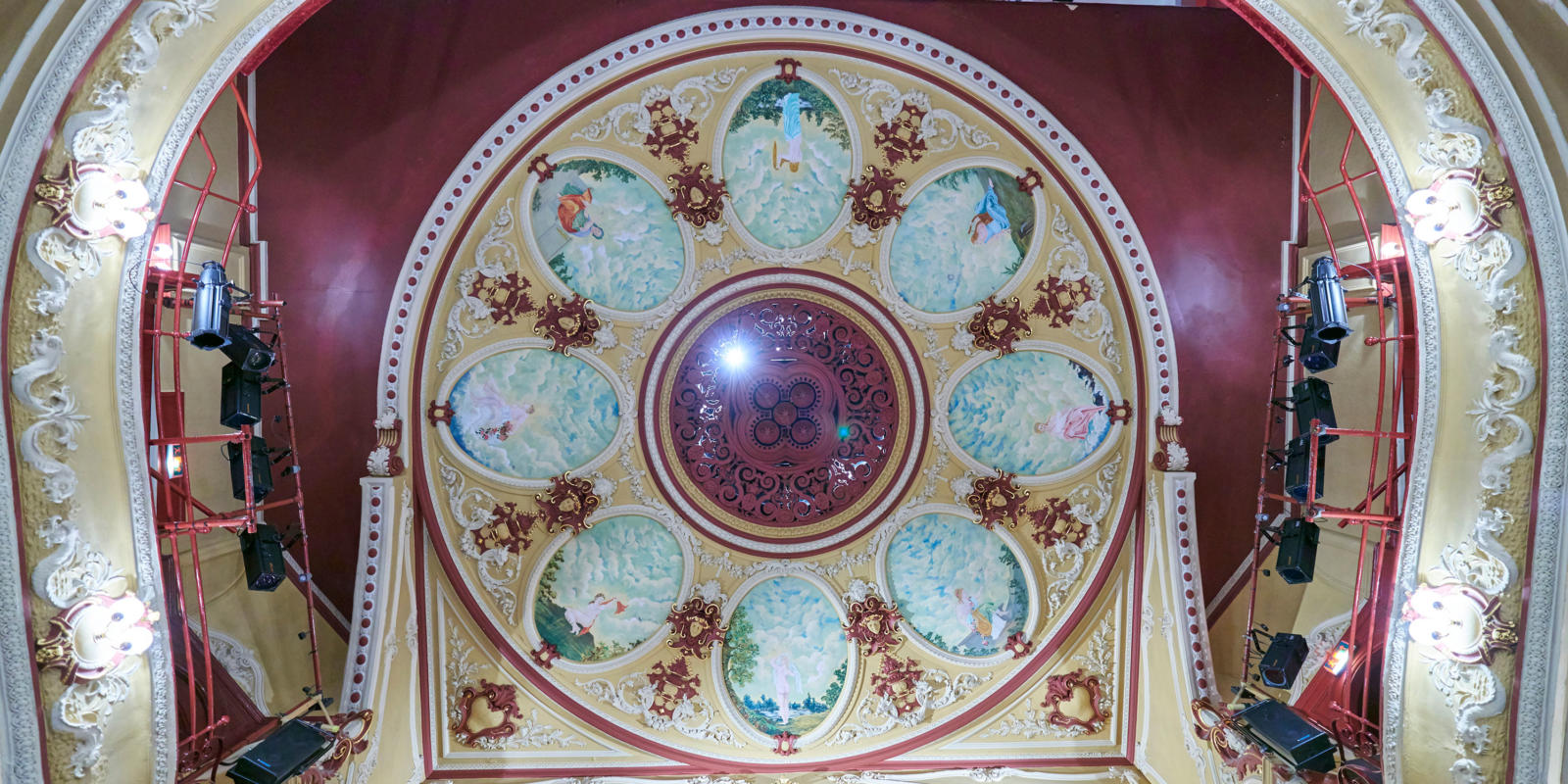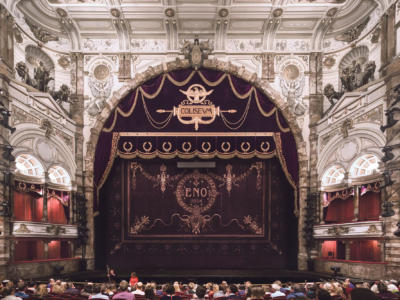Frank Matcham: best known theatres
The nineteenth century was that of a tumultuous one for theatres in the UK.
Up until 1843 the Licensing Act meant that only patent theatres were able to perform drama (the only form of “legitimate” theatre at the time). Once the new Theatres Act had removed the patent, the Lord Chamberlain was able to grant a theatre licence to anyone he thought suitable. Although this encouraged the building of new theatres around the country, smaller theatres who relied on the profits of selling alcohol were forced to close, since the new Act forbade the consumption of alcohol in the building.
In this time the music hall flourished, a venue that could in fact sell alcohol to its patrons. Built in less affluent areas, music halls, such as Wilton’s in London, brought theatre and entertainment to the working class.
Interest in the arts grew in the middle of the 19th century. In a bid to win over middle classes again, the new theatres built were grand and extravagant. Specialist architects were brought in, and from the 1880s, architect Frank Matcham was arguably the most prolific.
While there’s no official record of how many theatres the architect worked on, it is estimated he designed at least 80 theatres, and renovated many more. Out of these 80 theatres, less than 20 still survive today. Take a look at a few of his most impressive works below!
Designed for Sir Oswald Stoll by Frank Matcham, the Coliseum first opened in 1904. Originally a variety theatre, the London Coliseum, with its capacity of 2,359, is the West End’s largest theatre. It is considered by many to be Matcham’s masterpiece.
In 1968 the London Coliseum became home of Sadler’s Wells Opera, which later became the English National Opera.
In 2000 ENO began a major restoration project, in which much of the interior was returned to its original Edwardian style.
Built in 1903, Matcham’s Opera House in Buxton, Derbyshire was buzzing with ballet, Shakespeare, comedy and opera.
Butxon Opera House is perhaps best known these days for hosting the annual International Festival, celebrating opera and musical theatre. The festival began life as the Buxton Theatre Festival, back in 1937. It was this year that ENO founder, Lilian Baylis brought her Old Vic theatre company up to Derbyshire to take part. The festival ended with the closure of the building in the seventies, although was relaunched in 1979 alongside the restoration and reopening of the Opera House.

